There were works in the history of Soviet literature that were published in mass editions, and then suddenly became forbidden. At first they were simply removed from the libraries, and then the hunt for already printed copies began. Then it became risky to have a typewritten copy (there were almost no photocopying equipment like photocopiers then, and strict control was established over the enterprises that were available). In the end, even the one who, having read once a story or a story, by virtue of his verbal abilities, tried to verbally state at least their brief content. “One Day of Ivan Denisovich” is one of such works.
The idea
In 1951, Alexander Isaevich matured the creative idea of the story, having read that, the inhabitants of the USSR would be able to judge the conditions and details of the life of prisoners-camps. It was in Northern Kazakhstan, where the future Nobel laureate was serving a term. From dawn (the rise was set at five in the morning) and until the lights out, the main character lived a whole life full of anxiety, labor, risk and deprivation. Such, in essence, was the plan of the work and its brief content. “One Day of Ivan Denisovich” described the workdays of one person from the multi-million “labor army”, who forged the economic power of the Soviet regime. It was these “convicts” who created a large share of the gross product of the Country of the Soviets on a par with the powerless and humiliated peasantry, robbed and always hungry. The main character also talks about collective farmers in this story, naively wondering at the desire of the war veterans who returned from the war to avoid the sad slavish fate and get any job far from their native village, preferably in the city. However, prisoners had harsher life realities than workers of the poorest collective farm. The story then existed only in the imagination of the writer, he transferred it to paper later, in Ryazan, where the freed A. I. Solzhenitsyn settled in 1957.
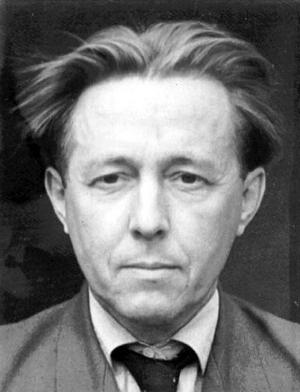
Spite of the day
In 1959, the Soviet Union fought not only with world imperialism, but also with remnants of voluntarism, Stalinism and other "isms" that impeded the progressive movement towards a brighter future. It so happened that the story written by the former prisoner was attributed to the literature, which was at that time, in modern terms, in the “trend” or “mainstream”. He did not think of the writer as a way to achieve fame or success, but in this case there was a simple luck. The head of the party and state, N. S. Khrushchev, in his speech at the XXII Congress of the CPSU, hammered the last nails into the lid of the coffin of Stalinism (at least he thought so), preparing the removal of the body of the former leader from the Mausoleum. It was then that the author ventured to submit his work to the court of Anna Samoilovna Berzer, editor of the prose department of the popular New World magazine. She went with the manuscript to the editor-in-chief Tvardovsky and presented him with a summary of the story “One Day of Ivan Denisovich,” changing the name of the writer to Ryazansky. Hit the target, it seemed, one hundred percent, but the risk was still not excluded.
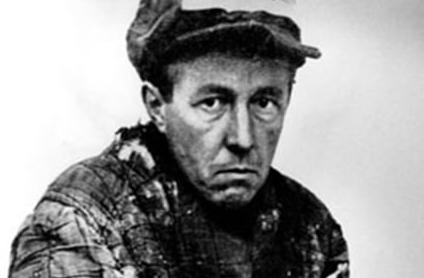
The hard way of the manuscript
At first glance, the work fully corresponded to the line of the party proclaimed at the XX, XXI and XXII congresses, which condemned the "excesses". In 1961, it was fashionable to stigmatize Stalin, but all the same it was necessary to “observe decency in every disgrace”. A. Tvardovsky, himself, being a master of the pen, praised the artistic qualities of the novel and gave her a high rating, and then handed the manuscript to his fellow workers, having set out a preliminary summary. “One Day by Ivan Denisovich” was read by Erenburg, Marshak, Paustovsky, Fedin and Chukovsky, who also expressed admiration. It was a small matter: to enlist the support of the main literary critic - Nikita Sergeyevich himself. The first secretary, usually very busy, this time took the request of the members of the USSR Writers Union carefully. He was concerned not only with a brief summary. “One Day of Ivan Denisovich,” a retelling of which from the lips of Fadeev interested the Soviet leader, was read, appreciated and approved.
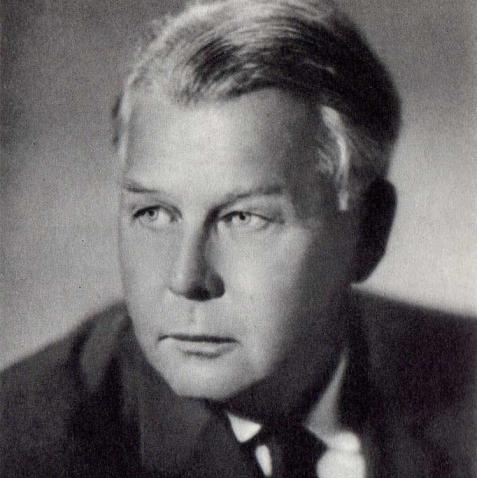
Success
So, the eleventh (November) issue of the “New World” of 1962 with the Solzhenitsyn text went into circulation. 96,900 magazines were swept from the shelves of bookstores and stalls Soyuzpechat. An additional 25,000th issue followed, but even he did not quench the thirst of Soviet people who were starving for the harsh truth. The summary of the book “One Day of Ivan Denisovich” was set forth in smoking rooms and in the kitchens, quoted in a whisper (few believed in permissiveness), and sometimes in full voice (the most daring supporters of party democracy). In January of the following year, Roman-Gazeta broke the record for mass circulation and came out with a 700,000th print run, printing the same story. Another hundred thousand readers added to the author the publishing house "Soviet writer", releasing a separate volume. Even in the most reading country in the world (and this was so), the total number of printed copies of more than a million was an infrequent phenomenon. Solzhenitsyn was admitted to the Union of Writers of the USSR.
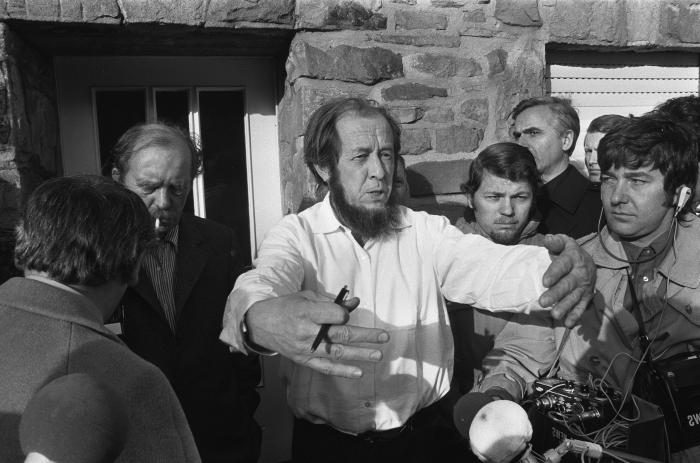
Translation difficulties
The work became famous both in the USSR and beyond. The Western reader, accustomed to digests and not fond of bothering himself with long texts, was quite happy with the summary. “One Day of Ivan Denisovich” Solzhenitsyn wrote in a rather complicated language, replete with camp concepts and slang terms. How to explain to the Frenchman that the word “moron” does not really mean “little fool”, but a prisoner who safely settled down in an uncomplicated position at a food station or hospital (in turn, a medical facility on camp territory). The main thing that the reader, who lives “beyond the hill”, has learned that in the USSR human rights are not respected, and anyone can be imprisoned. And, strangely enough, this simplified view was consistent with the author’s idea of the work.
Plot
The working name was originally “-854” - this is a camp number written on a piece of cloth sewn to the protagonist’s padded jacket, on the back and chest. The story of A. I. Solzhenitsyn, “One Day of Ivan Denisovich,” is replete with details of the life of prisoners, through which the author outlines the range of interests and aspirations of people who have become the will of omnipotent punitive organs as slaves of the regime. They dream at least a little rest (sometimes just a few minutes more than expected), they want a blizzard to happen, which will free them from the need to go out for hard work. Then you still have to catch up, but this is after. To get a little more bread or a scoop of soldering with a slice or two of frozen potatoes is good luck. Can all this even contain masterfully written summary? “One Day of Ivan Denisovich” is a story woven from ordinary life details that a person with even the most developed imagination cannot understand if he has not experienced anything like it.
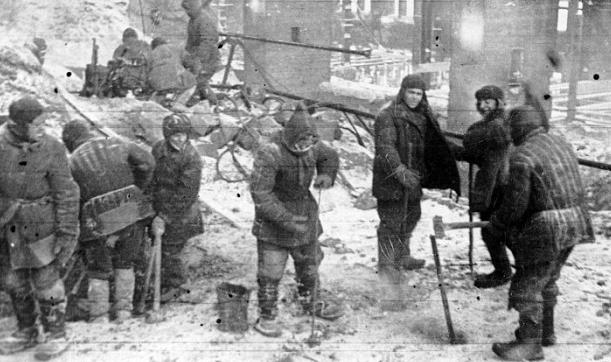
People
And yet there are stories in the narrative to be retold. These are biographies of characters, people of different fates and characters. Ivan Denisovich Shukhov fought, he comes from a peasant family. All his fault is that he was held captive. There is still Baptist Aleshka, everything is clear with him. Cinematographer Caesar was shooting some kind of movie that wasn’t what was necessary, and he still didn’t finish the work. The young western Ukrainian Gopchik helped his fellow villagers, Bandera, who had gone into the forest. The naval officer Bundovsky was familiar with the British in service, he went with them to Arkhangelsk, but after the war he received a gift from his British colleague, and he was guilty of it. In general, there are many characters, each of them is original, and if you describe them all, it is unlikely to get a brief summary. “One Day of Ivan Denisovich” represents a whole social section of society made by the sharp ax of Stalin's justice. He makes one think about the very nature of the communist idea and suggests the idea of its systemic viciousness. This is the reason that in the seventies the work was banned.